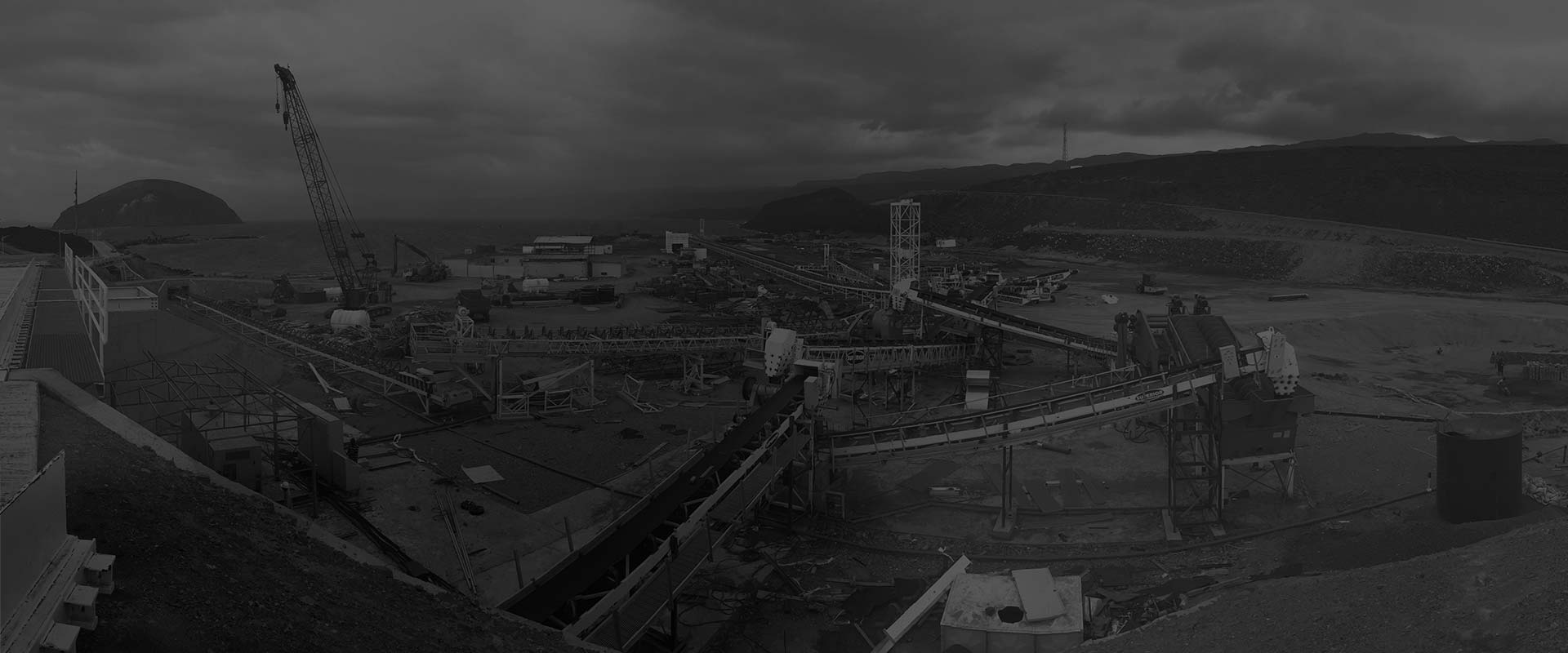0086-379-64087240
The ball press machine stands as a versatile and powerful device employed across various industries, including metallurgy, chemical engineering, coal, and refractory materials. At its core, this machine is designed to compress powdered materials into solid balls through the application of high pressure. The resulting solid balls find applications in diverse industrial processes, making the ball press machine a crucial component in manufacturing operations.
Components and Construction of the Ball Press Machine
The ball press machine typically consists of a series of essential components. These include the main motor, reducer, V-belt, and two pressure rollers that rotate in opposite directions. The machine's construction ensures the effective compression of powdered materials into solid balls, offering a seamless and efficient manufacturing process.
Metallurgical Industry Applications
In the metallurgical industry, the ball press machine finds widespread use in pressing metal powders. Metals such as iron powder and aluminum powder are commonly processed using this machine to produce solid metal balls. The metallurgical applications demonstrate the machine's capability to handle diverse materials and create compact, well-formed products.
Chemical Engineering Utilization
The versatility of the ball press machine extends to the realm of chemical engineering. Here, it becomes a valuable tool for manufacturing solid balls from various chemical materials. The ability to handle a range of chemical substances makes the machine indispensable in chemical engineering processes, contributing to the efficient production of chemically uniform solid balls.
Coal Industry Significance
Within the coal industry, the ball press machine plays a vital role in pressing coal powder to produce solid coal balls. This application showcases the machine's adaptability to different industries, emphasizing its importance in facilitating the transformation of powdered raw materials into cohesive and usable products.
Refractory Materials Production
The ball press machine's utility further extends to the production of solid balls from refractory materials. This application finds relevance in the manufacturing processes of refractory materials, emphasizing the machine's contribution to creating durable and heat-resistant products.
Energy Industry Applications
Certain ball press machines are specifically designed for energy recovery purposes, serving a crucial role in the energy industry. This functionality showcases the machine's adaptability to address environmental concerns and contribute to sustainable energy practices.
Understanding the working principle of the ball press machine provides insights into its efficient operation. The key components involved in the machine's functioning include the main motor, reducer, V-belt, and two pressure rollers rotating in opposite directions.
Working Principle
The power generated by the main motor is transmitted to the reducer through the V-belt. Subsequently, the reducer transmits this power to the two pressure rollers, inducing their rotation in opposite directions. As the pressure rollers rotate, the material naturally enters the ball mold on the rollers. With the continuous rotation of the pressure rollers, the pressure applied to the material gradually increases.
At the line contact point of the two rollers, the pressure on the material reaches its peak. Under the substantial linear pressure, the material undergoes a transformation from powder to a finished ball. This unique process allows the ball press machine to handle powdery raw materials that are challenging to shape using conventional methods.
Advantages of the Ball Press Machine
The ball press machine boasts several advantages, including exceptionally high forming pressure, an adjustable rotating speed for the main machine, and a screw feeding device. These features contribute to the machine's versatility and efficiency in processing various materials.
The ball press machine finds specific utility in pressing hard-to-make materials, including graphite powder, fly ash, oxide skin, vanadium-titanium powder, steelmaking refining agents, silicomanganese alloy, concentrated iron powder, carbon coal, quicklime powder, magnesia powder, copper concentrate, chromium powder, lead and zinc fines, bauxite, ceramic material, and nonferrous metal industry byproducts.
Targeted Applications
The highly compacted product resulting from the ball press machine exhibits characteristics such as reduced dust emission, controllable volume weight, recyclability, and convenient transport. This makes it an ideal choice for industries requiring precise and efficient processing of challenging materials.
The ball press machine emerges as a versatile and indispensable tool across diverse heavy equipment machinery. Its ability to compress powdered materials into solid balls through high-pressure mechanisms facilitates efficient manufacturing processes. From metallurgy and chemical engineering to the coal and energy industries, the machine finds applications in various sectors, contributing to the creation of compact, well-formed products. Understanding its working principle and specific functions allows industries to harness the full potential of the ball press machine, optimizing production processes and enhancing overall efficiency. As technology continues to advance, the ball press machine remains at the forefront of material processing, playing a crucial role in shaping the future of industrial manufacturing.
